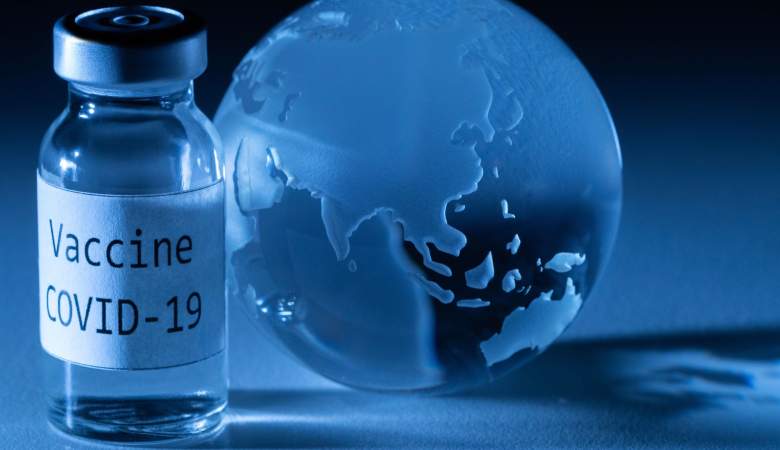
Getty
Pfizer and BioNTech applied for an emergency use authorization for their coronavirus vaccine on Friday, the first company “to seek regulatory clearance” from the Food & Drug Administration, as CNN wrote. In a November 20 press release, the companies said that with approval, they could have the vaccine in use for “high-risk populations” as early as mid-December.
Pfizer announced earlier in the week the launch of the U.S. COVID-19 Immunization Pilot Program with four states “to help refine the plan for the delivery and deployment of the company’s COVID-19 vaccine candidate.” The pilot program is launching in Rhode Island, Tennessee, New Mexico and Texas, states which were selected “because of their differences in overall size, diversity of populations, and immunization infrastructure, as well as the states’ need to reach individuals in varied urban and rural settings,” the company said.
The pilot program “aims to help inform vaccine deployment and delivery logistics nationally,” according to the company. The states will not receive “any differential consideration” as part of the pilot program and will not receive vaccine doses earlier than other states, the company said.
Pfizer and BioNTech have said their Phase 3 clinical trials resulted in a 95% vaccine efficacy rate with no serious safety concerns. Their vaccine has not yet been approved for distribution anywhere in the world.
The Coronavirus Vaccine Could Be Available by Mid-December & Some Groups Will Be Prioritized
According to USA Today, the first COVID-19 vaccine could be authorized for use by the Food & Drug Administration (FDA) within the next month, and vaccine distribution would begin within 24 hours.
A recent proposal by the National Academies of Sciences, Engineering and Medicine describes a four-phased approach for getting the vaccine to everyone in the U.S. during “the initial period when vaccine demand exceeds supply,” according to a press release, starting with health care workers and the “medically vulnerable.” The proposal’s first “foundational ethical principle” is “the obligation to protect and promote the public’s health and its socioeconomic well-being in the short and long term.”
Phase 1 would vaccinate high-risk health workers, people with underlying conditions that significantly increase their risk, and older adults living in crowded settings, according to the proposal. According to the press release from the National Academies, this is approximately 15% of the U.S. population.
Phase 2 would include school and child care workers, “critical workers in high-risk settings,” people with underlying conditions that moderately increase their risk, people in homeless shelters and other group homes, people in prisons, and older adults not vaccinated in Phase 1. This group accounts for about 30% to 35% of the population, the press release said.
Phase 3 would vaccinate young adults, children, and other workers, about 40% to 45% of the population, according to the National Academies, while Phase 4 would include everyone who’s left to be vaccinated.
According to the proposal, “equity is a crosscutting consideration” in who gets the coronavirus vaccine when. “In each population group, vaccine access should be prioritized for geographic areas identified through CDC’s Social Vulnerability Index or another more specific index,” the proposal suggests. The proposal also recommends providing the COVID-19 vaccine at no out-of-pocket cost and launching a “COVID-19 vaccine promotion campaign and risk communication and engagement program.”
READ NEXT: WATCH: Giuliani Sweats Hair Dye During Press Conference